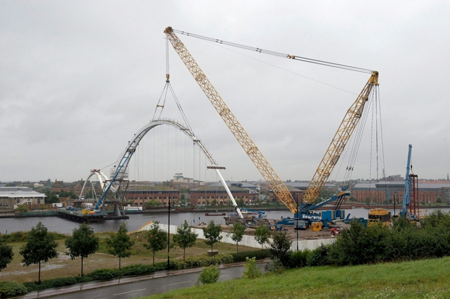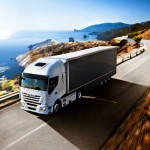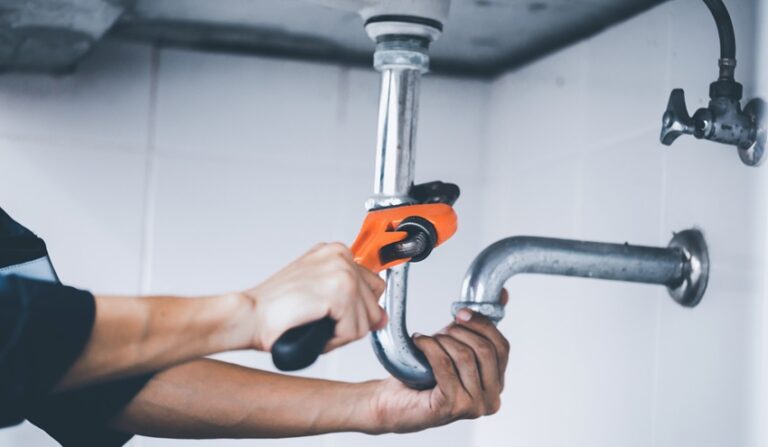The heavy machinery can be found all around the world, as it is used in many applications. Loaders, dozers, excavators, trucks, scrapers, cranes, material handlers and cement mixers are some of the most widely used heavy-duty machines engaged in demolition, forestry, construction, mining, agriculture industry and many other sectors. However, as beneficial as these machines are, they also represent a potential threat to their operators and the surroundings, especially if they tip-over. One particular heavy machinery that is prone to tip-over accidents is the mobile boom crane.

Some mobile boom cranes have fixed base that provides increased stability for heavy lifting. But they have one big disadvantage – they have a limited workspace and cannot operate in tight or confined areas. So, if the base of mobile boom cranes can be moved, the workspace of the mobile boom cranes can be expanded significantly and the productivity will be increased. For base moving, the mobile boom cranes have either wheels or track drives.
The mobile boom cranes can be assembled easily on the construction site. The boom arms provide many structural advantages, and because of this, most mobile boom cranes come with such equipment. With stable but still maneuverable base, the efficiency of the mobile boom crane is additionally enhanced. Also, for additional expansion of the work base, some manufacturers combine base motion with regular crane operations in some mobile boom cranes.
One common problem with the mobile boom cranes that affects their stability is bucking. It occurs when the wheels, or certain part of the tracks of the boom crane are lifted from the ground. When the wheels or tracks are back on the ground, the base is again in stable position. This is because the bucking does not involve a tipping torque large enough to bring the whole boom crane to the ground.
When a boom crane is experiencing a bucking motion, it creates payload swing, which can involve nearby objects too. Bucking also reduces the slewing performance of the boom crane, because the base and the wheels/track cannot provide further frictional resistance to the slewing rotation. This makes the boom crane vulnerable to strong gust or to a large payload oscillation, which is why the boom crane may lose control. Even the slightest bucking can cause uncontrollable movement of the boom cranes. It may not cause a complete tip-over, but bucking can cause serious damages to the mobile boom cranes, thus needs to be avoided for safety reasons.
Read on to learn about some unique solutions how to avoid tip-over problems.











